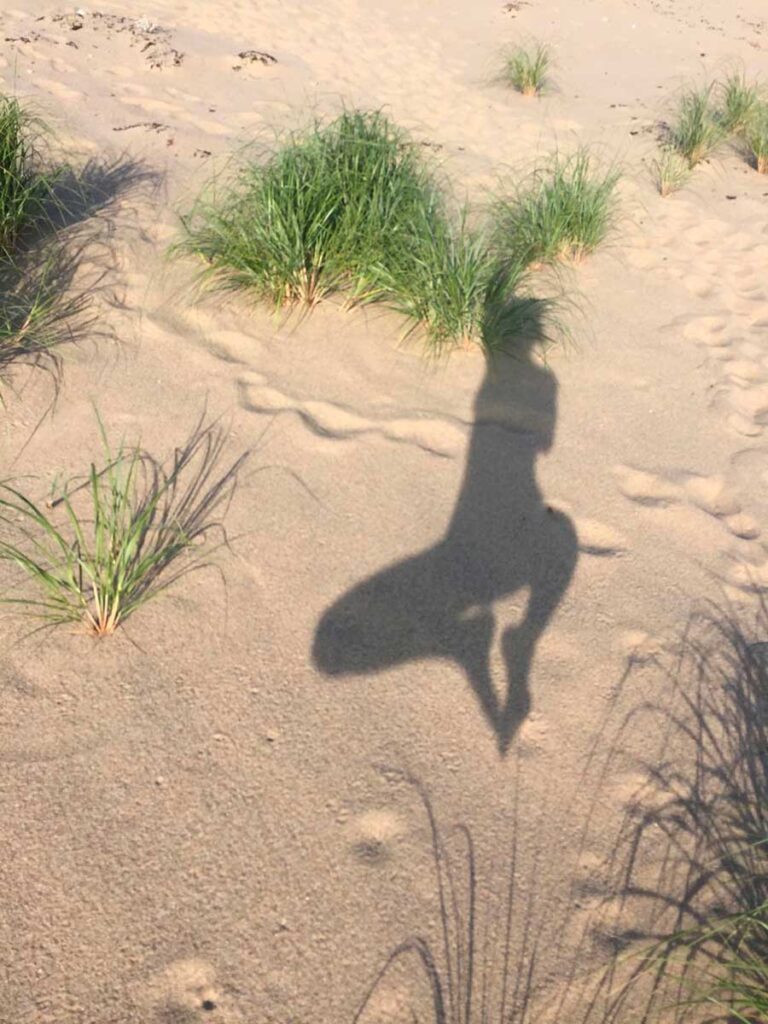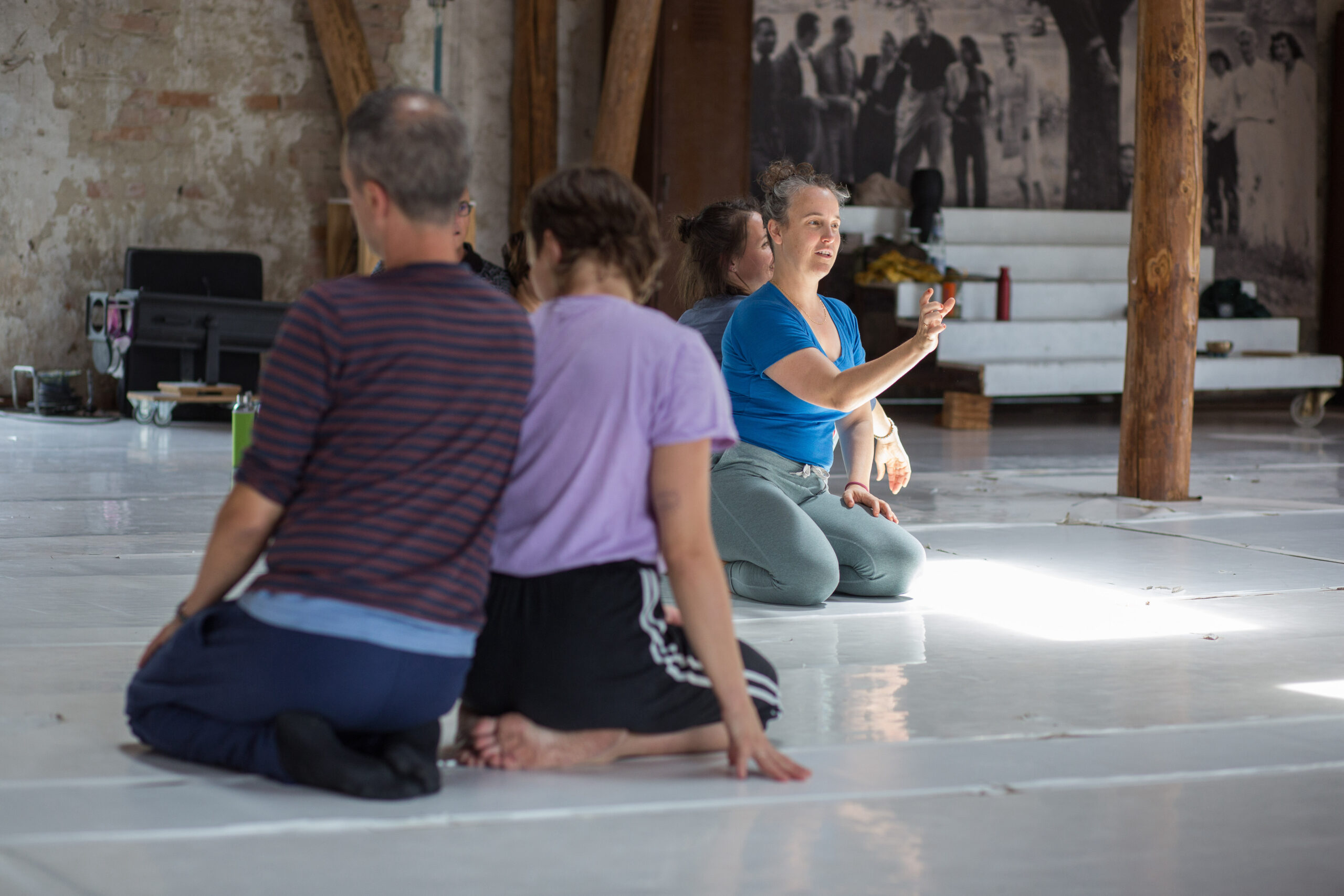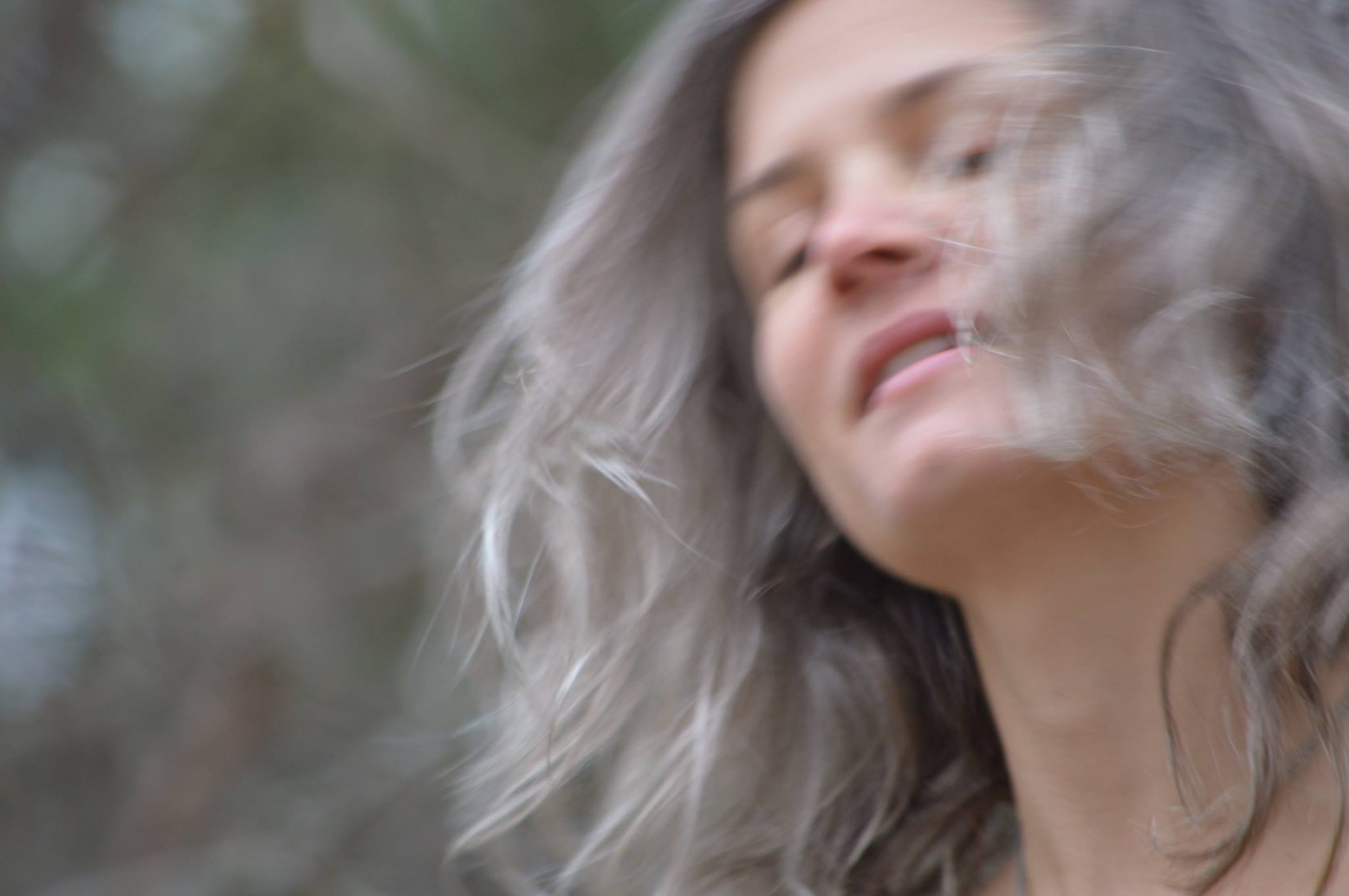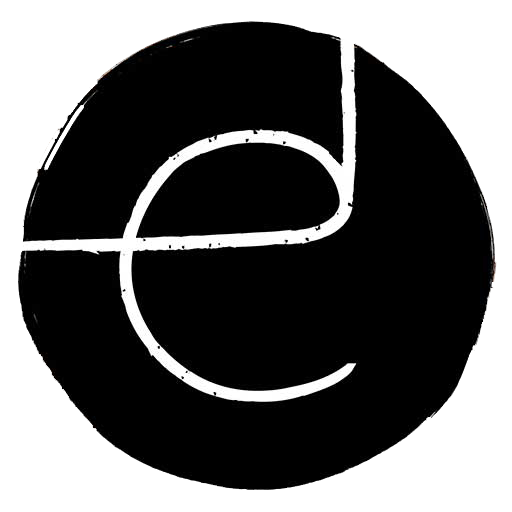TRAINING PHILOSOPHY
Mirva Mäkinen is the pedagogical director of the first Spiral & Root: Earthdance Professional Contact Improvisation Training 2025. She graduated as a Doctor of Dance from University of Arts in Helsinki in 2018. Her doctoral research is about Somaesthetics of Contact Improvisation, with her work and research serving as an inspirational guide throughout the training:
Her artistic research focuses on values in contact improvisation and how they are presented in a soma-esthetic performance context. The motivation behind this artistic research is to uncover new information and experiences within dance. It involves a deep exploration of embodied experiences to investigate and discover new insights. This research is grounded in art and the work of artists or art pedagogues, continuing a long tradition at the University of the Arts, Helsinki. Contact Improvisation, originally founded by Steve Paxton, is defined as the meeting of two (or more) moving bodies. The primary focus of this research is to explore the values inherent in contact improvisation. From a soma-esthetic perspective, it specifically investigates bodily perception and thinking through movement.”
Week One


Mirva Makinen:
Essence of Trace in CI
Contact improvisation is based on the communication between two (or more) moving bodies that are in physical contact and their combined relationship to the physical laws that govern their movement: gravity, momentum, and inertia. The body, in order to feel these sensations, learns to release excess muscular tension and abandon a certain quality of willfulness to experience the natural flow of movement. Contact improvisation often includes rolling, falling, being upside down, following a physical point of contact, and supporting and giving weight to a partner. I often like to aim towards movable supports and gentle flying techniques. This workshop is about learning movement without copying shape or form, but rather to know kinesthetically how to be connected and grounded in dance. ‘Essence of trace in CI’ could be named also as an embodied anatomy of CI. What do you know already, and how can you re-learn in order to improvise?
_________________________


Lani Nahele:
Body-Mind Centering as a Support & Inspiration for Contact Improvisation & Improvisation
In designing my classes, I draw from what I am magnetized to at the moment regarding physics and the body, movement studies, political conditions, and energy inquiries. From these elements I derive content for my teaching. Currently I am interested in working with expansion of attention, the anatomy of breathing-the use of our hyoid group, scalenes, vagus nerve, and respiratory diaphragm, modulation of muscular and nervous tone, inner/outer focus, the sphenoid bone; home of the pituitary, oppositional forces and integrity in fascia, inquiring into our default settings in our perception and choices-taking chances…
_________________________


Pilar Echavarria:
Dancing Resonance
An invitation to expand your dance and dive deeper into the wisdom of the body, to create and express your wild and true dance! Be an inhabitant of your own inner landscapes, and dance from your cells, your organs, your heart, your skin, your bones, your tongue…Movement unfolding in unknown and unexpected directions, with an intention of exploring and inhabiting a fluid state of presence, including all the impossibilities, resistances, and obstacles for being.
Dancing Resonance is the art where I bring together the disciplines of movement that have inspired and informed my body on land and in the water: the subtleties of Somatics, the invisible dimensions and subconscious imaginaries from Butoh, the inner landscapes from Authentic Movement, the relational body in Contact Improvisation, the breath/movement connection that is holding the water dance, the gifts of touch…In my solo, dancing with other bodies, in an empty space or in nature. How is it that I can truly meet myself in the dance? How can I truly meet the other and allow the unique dance of the moment to emerge? Can we navigate together the unknown, stay there and meet the magic, the daily, the healing, the pleasure, nothingness? Can we stay there through the dance? Remembering your hidden deepest wisdoms, your subtle wildness, your own unique movement.
Week 2


Sarah Young and Meta Bobbe
The Underscore
We deepen our abilities in contact improvisation and noticing composition through the Underscore, a framework for group dance improvisation originated by Nancy Stark Smith. Engaging in physical studies and group scores, we dance to investigate the phenomena that arises as we focus on various facets of the score. Then, we articulate the experience through speaking, writing, and drawing. We build on our understanding together—our individual backgrounds inform the experience, whether the Underscore is new or familiar to you.
_________________________


Itay Yatuv:
Slow Launch into Space
I am very curious about the initial stages of dance, that moment when we collectively explore our unique dynamic and the mood of the moment. I love how curiosity unfolds through touch, sparking a playful interaction that invites us to pause and deeply engage with the present before moving forward. I will be happy to bring these reflections into our collaborative work in the studio.
During our week together, we will also delve into the nuances of leading a contact improvisation class. What does leadership mean in this context? Through thoughtful dialogue and hands-on practice, we will explore pedagogy, class dynamics, and various methodologies that can enhance our ability to guide a session effectively.
Week 3


Chris Aiken and Ray Chung:
Get to the Point
What processes occur in our body and mind when we integrate the movements of our bodies
with other bodies, with the intention of creating, collaborating, and performing? What do we think about when we no longer need to focus on surviving and moving safely? What strategies do we incorporate to frame our intention of embodying the various aspects of intention, awareness and imagination. Can we develop a transparency of technique, to move with less effort, more clarity of intention, wider awareness, and greater presence? Dance is a physicalization of ideas, images, emotions, and spirit. Although our work is physical, our processes grow out of a need for integration. Performance has been a way of expressing ideas, values, emotions and unnamable things in a more complete way than is acceptable in everyday life. We work with physical elements, but we devise physical elements which closely correspond to states-of-being and imagining. This workshop will give an overview of some of the processes involved in the body/mind during the practice and performing of Contact Improvisation (CI).
_________________________


Keith Hennessey:
CI as Political Healing
Prioritizing improvisation and collaboration, we will play with the possibilities of healing, politics, and dancing together. This laboratory will welcome your curiosity and concerns. What’s up? What inspires you or prevents you from dancing more freely, especially with others? What activates or impedes your healing potential? How is your body responding to new wars and embodied traumas? How can CI dancing and care be activated as anti-capitalism, as a new ethics of relationship, pleasure, and shared power? We will invite the prophetic ancestors Gustav Landauer and Octavia Butler into the studio to renew our dancing. Depending on interest, we will integrate performance practices throughout the week.
